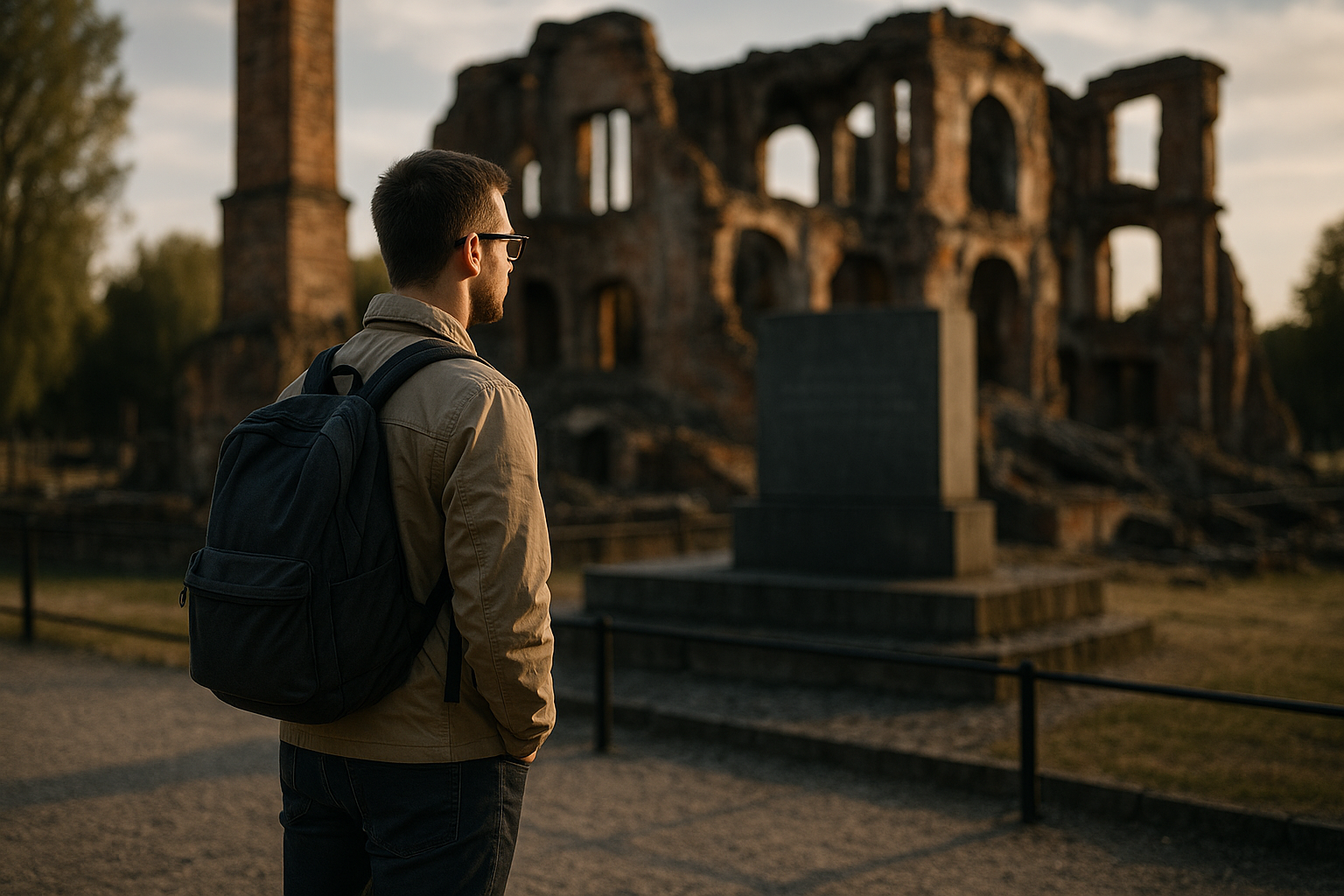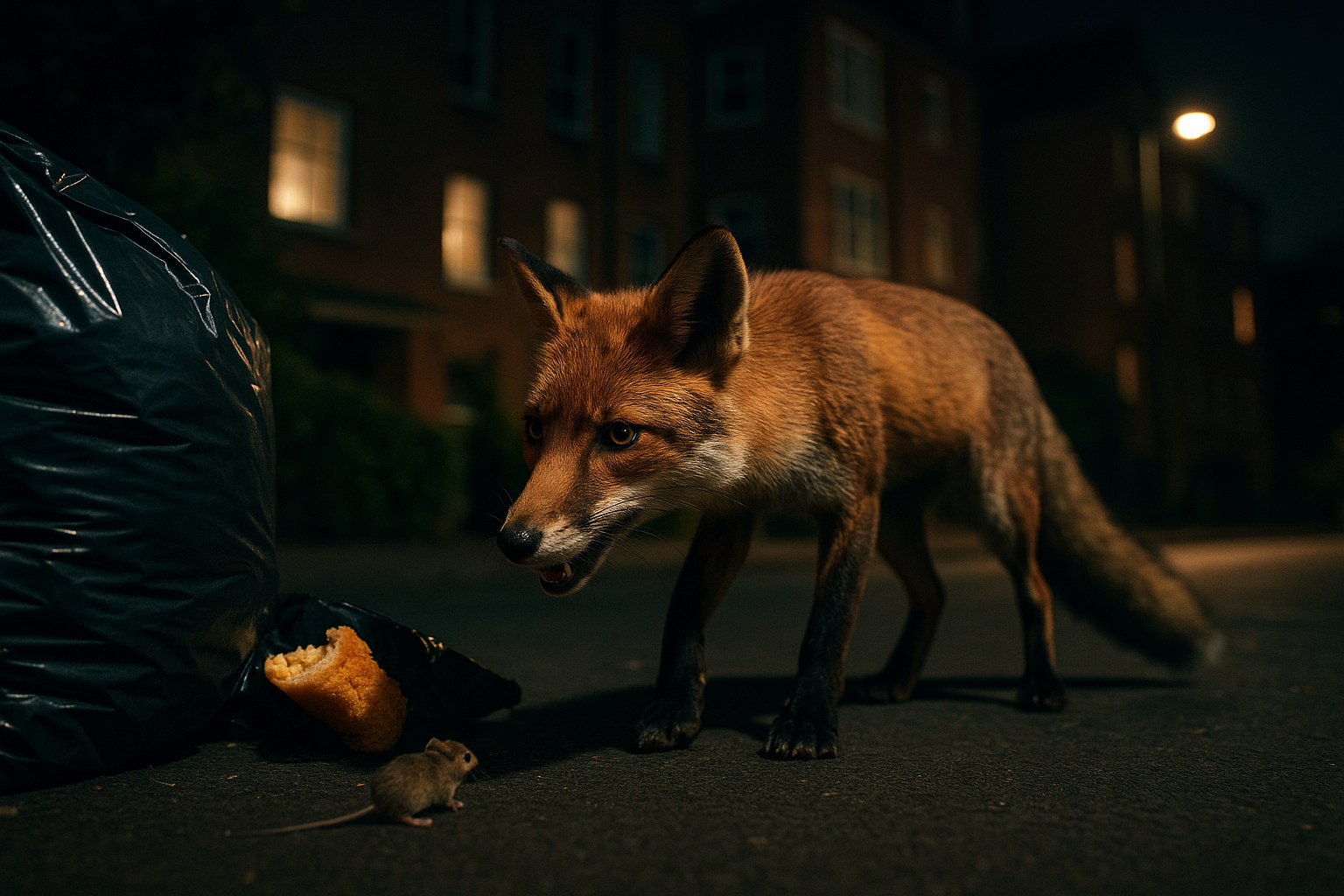Unfolding the Enigma of Dark Tourism: An In-depth Analysis
From the somber halls of Auschwitz to the gloomy corridors of Chernobyl, the concept of dark tourism is shrouded in mystery, intrigue, and, of course, darkness. This phenomenon, where tourists flock to sites associated with death, disaster, or the macabre, is a growing trend within the travel industry.

A Glimpse into the Past: The Origins of Dark Tourism
Dark tourism, although a relatively new term, has roots that stretch back centuries. From the pilgrimages to the tombs of martyrs in the early Christian era to public executions in the middle ages, humans have always harbored an eerie fascination with death and tragedy.
The term ‘dark tourism’ was first coined in the late 1990s by scholars John Lennon and Malcolm Foley, who sought to investigate the phenomenon of people’s attraction to sites of death and disaster. Since then, it has grown into a significant subset of the broader tourism industry.
Present Trends: The Modern Face of Dark Tourism
Today, dark tourism represents a complex intersection of history, death, and consumer culture. It encompasses a wide range of sites, including war memorials, disaster zones, and even places associated with dark legends and folklore.
One of the key drivers of this trend is the desire for authenticity and immersive experiences. These sites offer tourists a stark departure from the typical sanitized holiday experience, giving them a chance to confront the harsh realities of life and history.
The Appeal and Impact of Dark Tourism
The allure of dark tourism lies in its ability to provoke thought, stimulate reflection, and challenge our perceptions of morality and mortality. It provides a poignant reminder of the human capacity for cruelty and endurance, forcing us to confront our own mortality in the process.
However, dark tourism is not without its challenges. Ethical considerations are paramount, particularly around the commodification of tragedy. Respect for the deceased and sensitivity towards survivors and their families must always be upheld.
Research-backed Insights: Understanding the Dark Tourist
Recent research into dark tourism has shed light on the motivations of the dark tourist. A common theme that emerges is education and understanding. These tourists are often seeking a deeper comprehension of historical events, societies, and human nature.
Contrary to the perception that dark tourists are thrill-seekers or voyeurs of suffering, many are motivated by empathy and the desire to pay their respects. This challenges the often-negative portrayal of dark tourists in the media.
Key Takeaways: Dark Tourism Demystified
-
Dark tourism provides a unique opportunity for reflection and learning, challenging our perceptions of history and humanity.
-
It is vital to approach these sites with respect and sensitivity, acknowledging the ethical considerations inherent in this form of tourism.
-
Research suggests that many dark tourists are motivated by a desire for understanding and empathy, rather than morbid curiosity.
Unfamiliar Facts: The Lesser Known Aspects of Dark Tourism
-
The Hiroshima Peace Memorial Park in Japan attracts millions of visitors each year, serving as a poignant reminder of the devastating impact of nuclear warfare.
-
The Catacombs of Paris, housing the remains of millions of people, is one of the most popular dark tourism sites in the world.
-
The Chernobyl Exclusion Zone in Ukraine has seen a surge in visitors since the airing of the HBO series ‘Chernobyl’.
In conclusion, dark tourism is a complex and multifaceted phenomenon that reflects our innate curiosity, desire for authenticity, and need to understand our past. As this sector continues to grow, it’s essential for tourists to approach these sites with the respect and sensitivity they deserve, ensuring that the memories of those who suffered are honored, and their stories are not forgotten.




